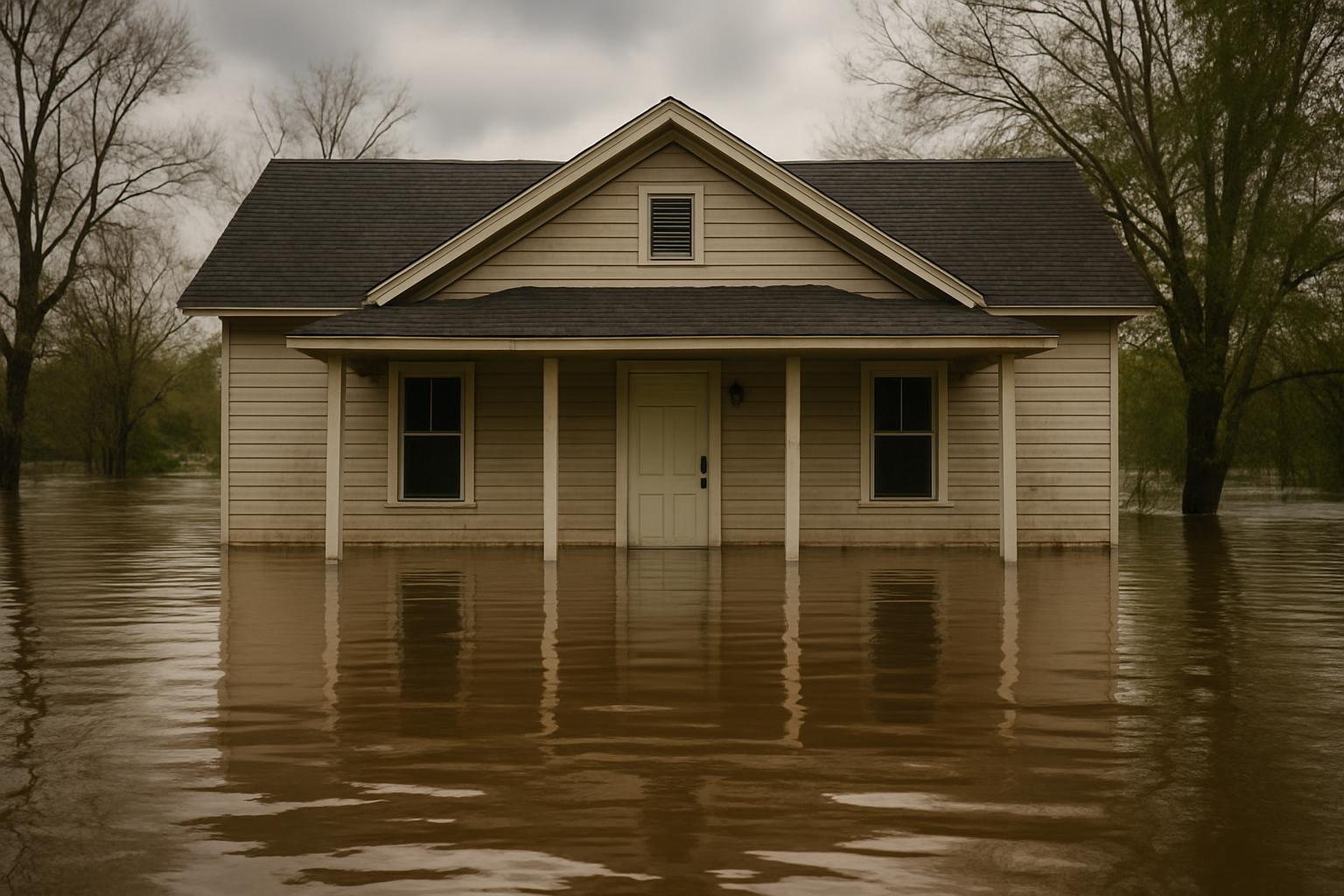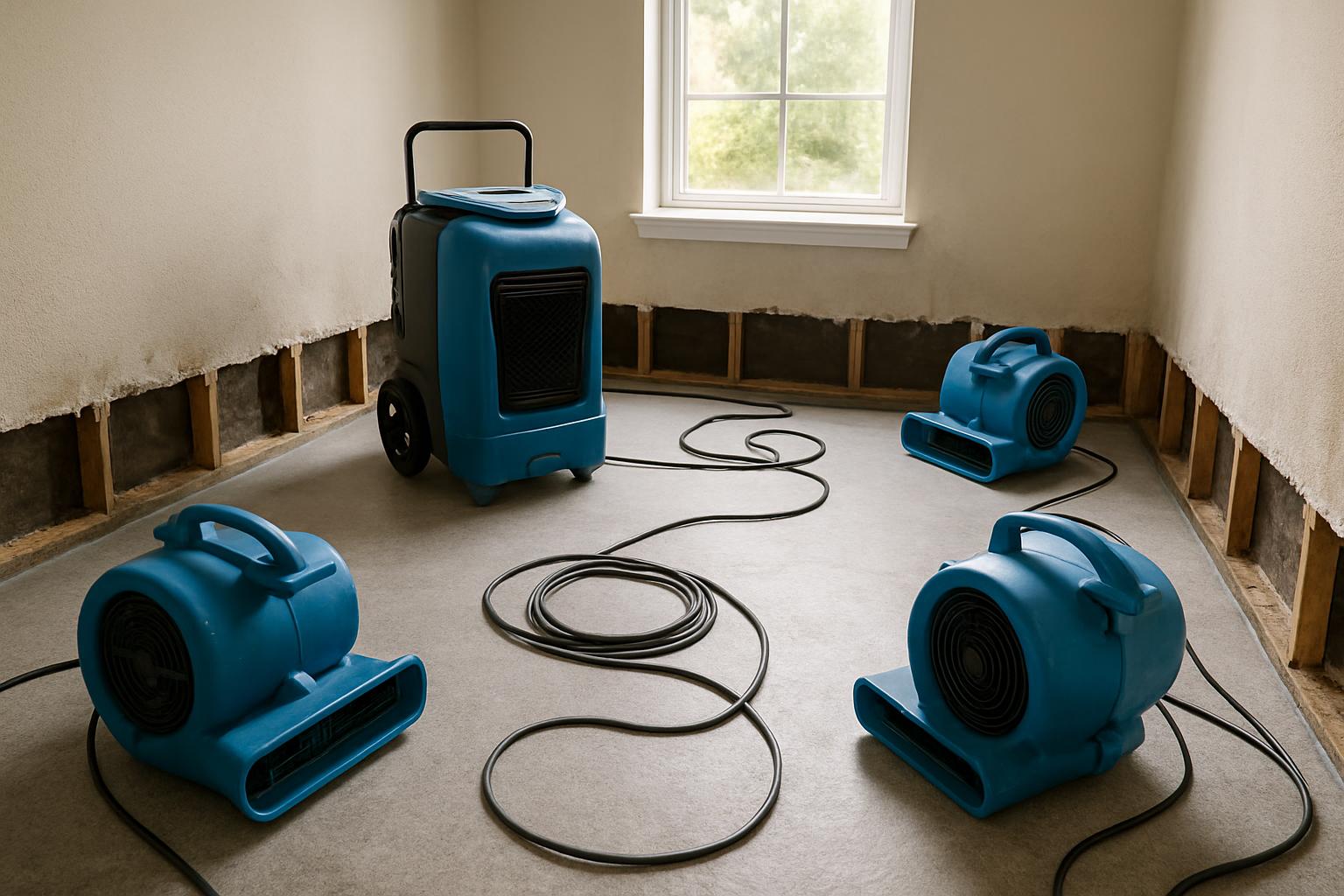Experiencing a flood in your home can be an extremely overwhelming and highly stressful situation for anyone to endure. Regardless of whether the flooding is caused by heavy rainfall, a burst pipe, or a natural disaster such as a hurricane or severe storm, it is absolutely essential to take immediate and effective action to minimize the damage and ensure the safety of everyone involved.

To help guide you through this challenging and potentially dangerous time, here are the first five crucial steps you should take immediately after discovering a flood in your house.
- Ensure Safety First
Your safety and that of your family is the top priority. Avoid entering flooded areas if electrical outlets or appliances are submerged, as there is a risk of electric shock. If you smell gas or suspect a leak, evacuate immediately and contact emergency services. If safe, turn off the main power supply and water source to prevent further hazards. - Document the Damage
Before starting any cleanup, take photos and videos of the affected areas and damaged belongings. This documentation will be essential for insurance claims and for professionals who may assist with repairs. Be thorough and capture all angles to provide a clear record of the flood’s impact. - Remove Excess Water
Begin removing standing water as soon as it is safe to do so. Use mops, buckets, or a wet/dry vacuum to extract water. This step helps prevent further structural damage and reduces the risk of mold growth. If the flooding is severe, consider hiring a professional water removal service. - Dry Out the Area
After removing water, focus on drying the affected spaces. Open windows and doors to increase airflow, use fans and dehumidifiers to speed up the drying process, and remove wet carpets, furniture, and drywall if necessary. Thorough drying is critical to prevent mold and mildew, which can cause health problems and further damage. Remember dehumidifiers will work best if the room is sealed, opening windows and doors when using dehumidifiers will only slow the drying process) - Contact Your Insurance Company
Notify your insurance provider immediately about the flood. Provide them with the documentation you collected and follow their instructions regarding claims and repairs. Understanding your coverage and working closely with your insurer can help you recover faster and reduce out-of-pocket expenses.

Experiencing a flood in the house is undoubtedly a difficult and stressful situation, but taking these quick and well-organized steps can significantly reduce the extent of damage and help protect your home from further harm.
It is crucial to prioritize safety above all else, carefully document all the damage for insurance purposes, promptly remove standing water, thoroughly dry the affected areas, and maintain clear communication with your insurance company throughout the process.
